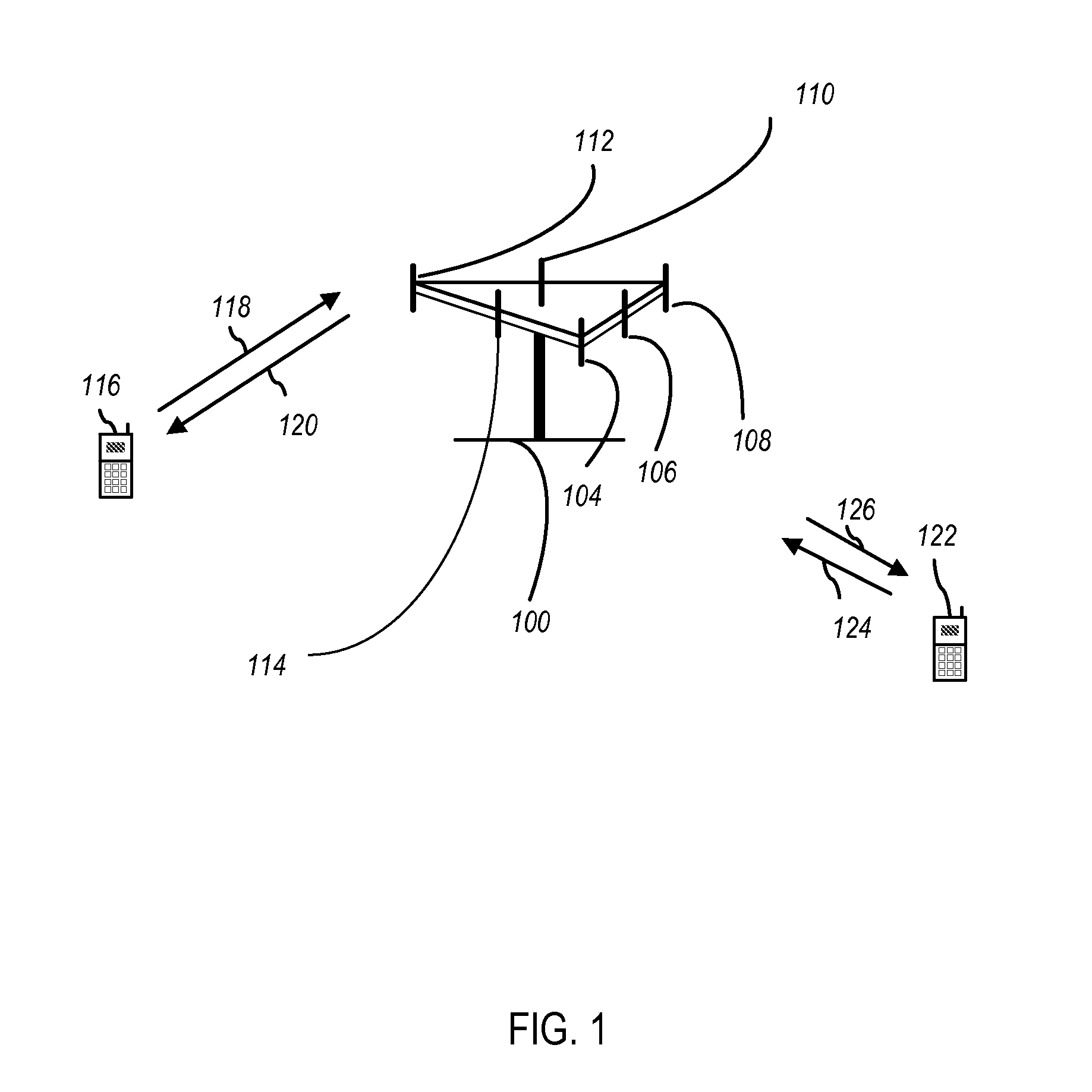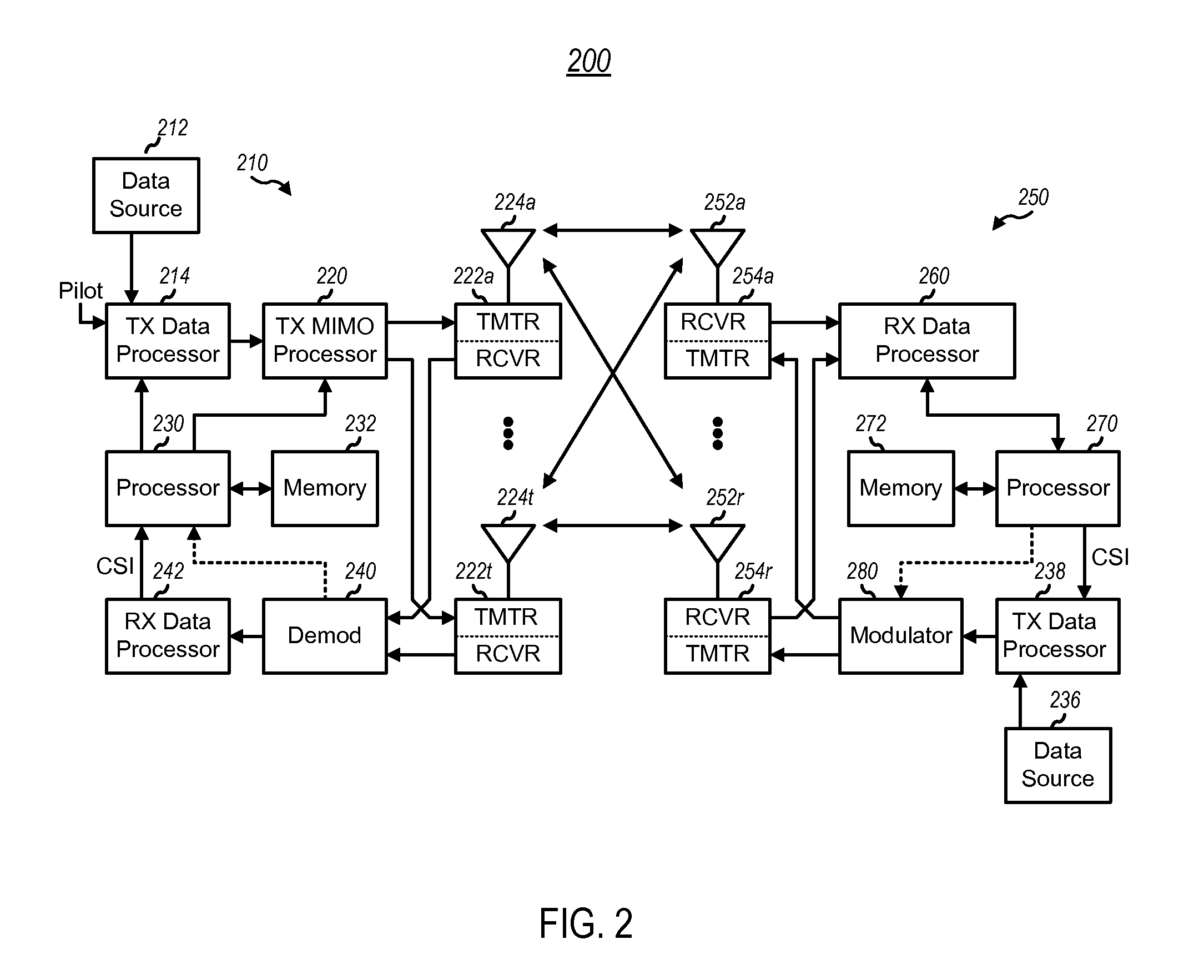Hybrid positioning using timing reference information
a technology of timing reference information and hybrid positioning, applied in the direction of direction finders, instruments, measurement devices, etc., can solve the problems of preventing accurate reception from satellites to gps receivers, not always the case, and not exact distances
- Summary
- Abstract
- Description
- Claims
- Application Information
AI Technical Summary
Benefits of technology
Problems solved by technology
Method used
Image
Examples
Embodiment Construction
[0026]Techniques are provided for supporting mobile stations having synchronous hybrid positioning capability (“synchronous-capable” stations) and mobile stations lacking synchronous hybrid positioning capability (“non-synchronous-capable” stations) in a wireless communication network. Hybrid positioning generally refers to techniques that utilize multiple positioning technologies, such as satellite-aided navigation via a global navigation satellite system (GNSS), terrestrial positioning using observed time difference of arrival (OTDOA) measurements with respect to one or more base stations or other reference points, etc. The synchronous-capable stations may utilize synchronous hybrid positioning techniques, which are generally defined as techniques that utilize two or more positioning technologies, and where the timing measurements resulting from the two or more positioning technologies are related on a common time scale. Non-synchronous-capable stations may utilize asynchronous hy...
PUM
 Login to View More
Login to View More Abstract
Description
Claims
Application Information
 Login to View More
Login to View More - R&D
- Intellectual Property
- Life Sciences
- Materials
- Tech Scout
- Unparalleled Data Quality
- Higher Quality Content
- 60% Fewer Hallucinations
Browse by: Latest US Patents, China's latest patents, Technical Efficacy Thesaurus, Application Domain, Technology Topic, Popular Technical Reports.
© 2025 PatSnap. All rights reserved.Legal|Privacy policy|Modern Slavery Act Transparency Statement|Sitemap|About US| Contact US: help@patsnap.com



